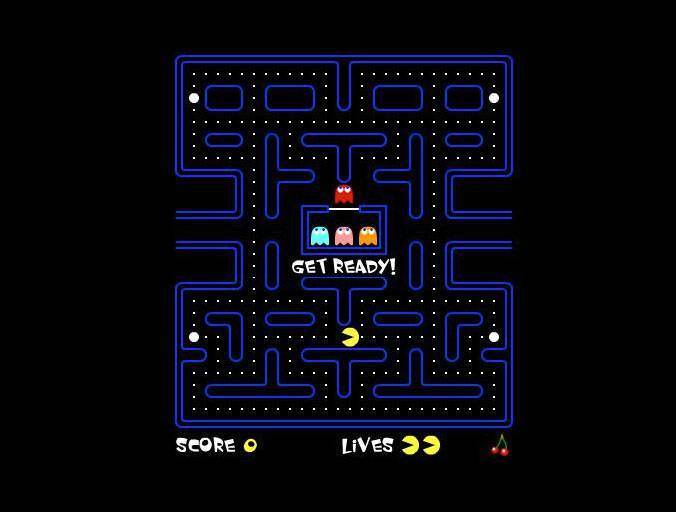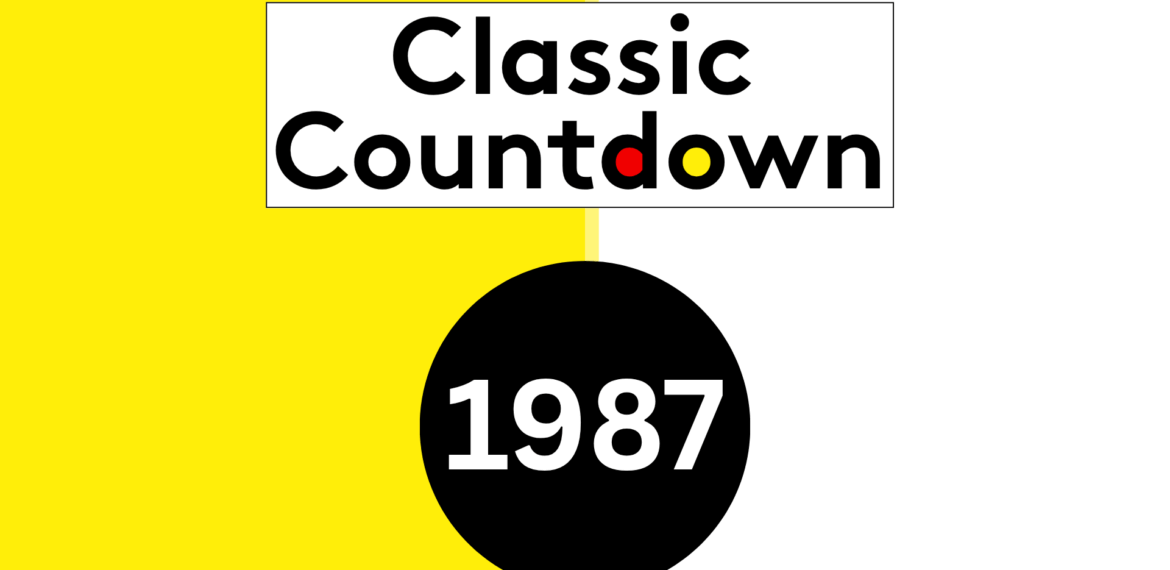
How ‘Bad’, ‘Breakout’, and ‘Living in a Box’ captured the sound of pop evolution
How ‘Bad’, ‘Breakout’, and ‘Living in a Box’ captured the sound of pop evolution
How ‘Bad’, ‘Breakout’, and ‘Living in a Box’ captured the sound of pop evolution
By the time 1987 rolled around, the world was living out a glitter-drenched music video. From neon fashion to power ballads, the charts pulsed with drama, romance and revolution. Synths reigned supreme, sax solos weren’t optional, and pop stars became full-blown megastars on both stage and screen.
It’s the featured year on this week’s HOT Classic Countdown with Steve Bishop, taking place every Sunday from 12 to 3pm on HOT 102.7FM.
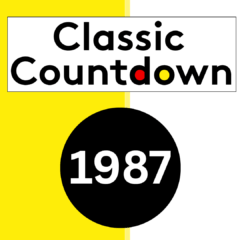
As the Berlin Wall still stood tall and Ronald Reagan delivered his iconic “Mr. Gorbachev, tear down this wall!” speech, music fans across the globe were busy rewinding their cassette tapes to replay songs like “I Wanna Dance With Somebody” by Whitney Houston—an infectious declaration of joy that captured the mood of the moment.
Meanwhile, U2’s “I Still Haven’t Found What I’m Looking For” echoed the political and spiritual yearning of the era, resonating with millions living through turbulent global change.
It was also a year of unforgettable pairings. Aretha Franklin and George Michael stunned the world with their powerhouse duet “I Knew You Were Waiting (For Me),” marking a thrilling cross-generational blend of soul and pop. Over in Hollywood, Dirty Dancing sizzled at the box office, with Bill Medley and Jennifer Warnes’ “(I’ve Had) The Time of My Life” providing the perfect lift—literally and emotionally. The movie’s romantic storyline and irresistible soundtrack helped define the summer of ’87.
Locally, South Africa was dancing to its own beat. Johnny Clegg’s “Cruel, Crazy, Beautiful World” wasn’t just a hit—it was a cultural statement. Blending Zulu rhythms with Western pop and protest lyrics, Clegg carved out a unique musical identity that bridged racial divides during apartheid.
His work was more than entertainment; it was a soundtrack of social consciousness and resilience that resonated both at home and around the world.

Did You Know?
One of the year’s breakout UK hits, “Never Gonna Give You Up” by Rick Astley, would decades later become an internet phenomenon thanks to a prank trend known as “rickrolling.” The meme works by tricking someone into clicking a link—often disguised as something exciting or relevant—only to be redirected to Astley’s iconic music video. The bait-and-switch became a viral joke, turning the track into a digital-age punchline.
Yet behind the meme is a genuinely infectious pop song that launched Astley’s career and showcased the hit-making prowess of producers Stock Aitken Waterman. Despite its cheeky second life, the song remains a legitimate pop masterpiece that continues to charm audiences across generations.
The year also saw the launch of The Simpsons—though not yet as the iconic prime-time sitcom we know today. It debuted as a series of animated shorts on The Tracey Ullman Show, introducing the world to a very different-looking version of Homer, Marge, Bart, Lisa and Maggie. Created by Matt Groening, the shorts quickly gained popularity for their irreverent humour and offbeat family dynamics.
Few could have predicted that these bite-sized animations would evolve into the longest-running scripted TV series in history.
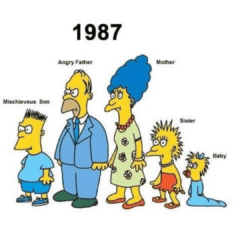
Michael Jackson, having just released Bad, was once again redefining what a music video could be. Directed by none other than Martin Scorsese, the video wasn’t just a visual to accompany a song—it was an 18-minute short film complete with dialogue, choreography, and a dramatic storyline. Watch the full version below:
Shot in a gritty New York subway station, it tackled themes of identity, peer pressure, and standing up for what’s right. Jackson’s sharp moves, leather-clad look, and cinematic ambition raised the bar for the entire music industry, proving that music videos could be bold, narrative-driven art forms—and not just marketing tools.
So tease that hair, rewind that tape, and get ready to relive the hits that defined a generation.
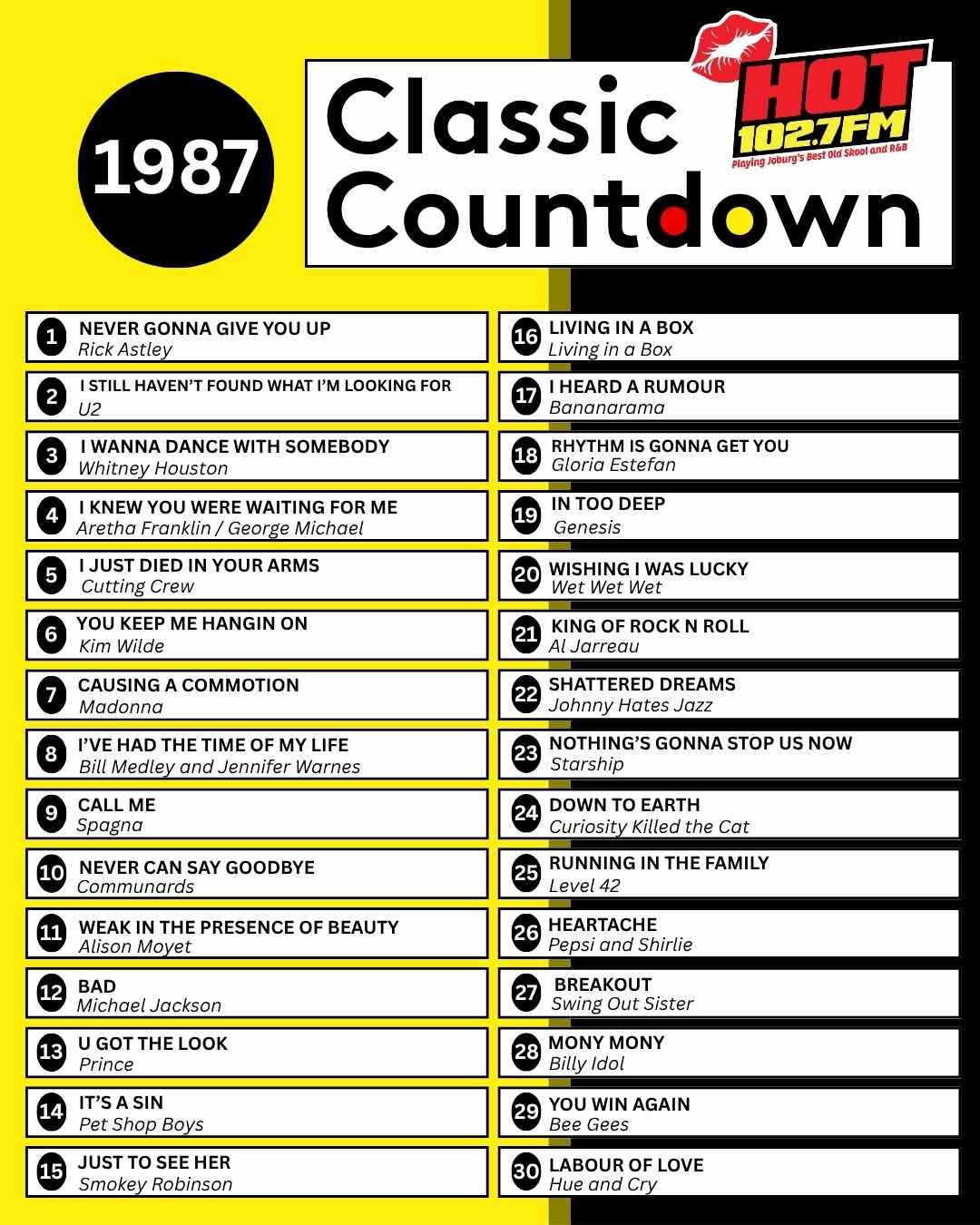
More Posts for Show: Hot 1027 Classic Countdown with Steve Bishop




